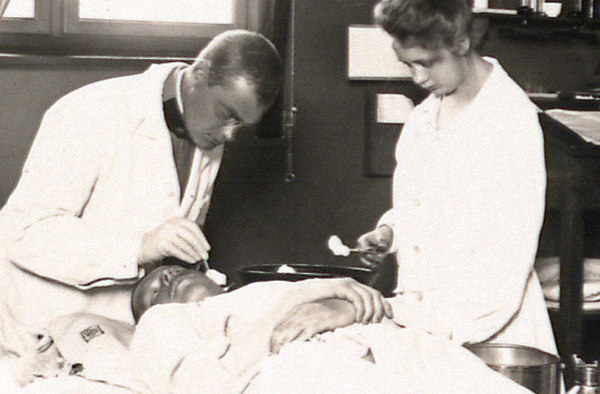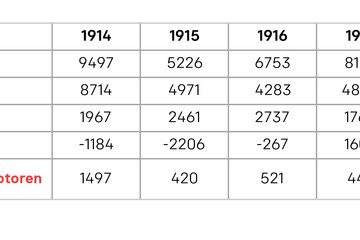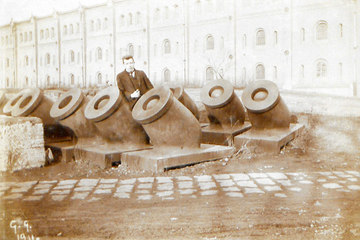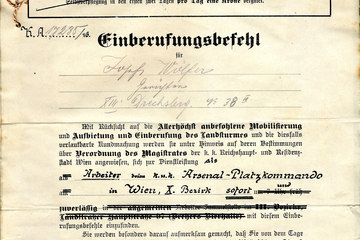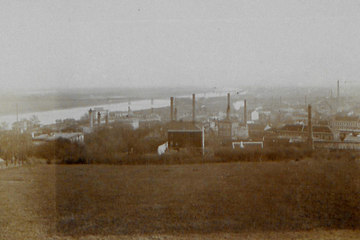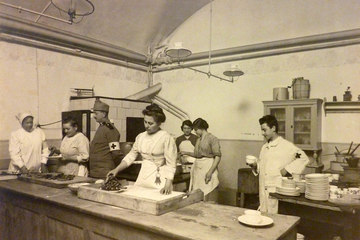Andreas Weigl
Temporary and permanent hospitals in Vienna
Long-term economic and structural consequences
Statistics for the establishment and closing of businesses demonstrate a good deal of activity by small businesses but at the cost of considerable wear on plant and equipment. Large-scale light industries were thus best equipped to survive the war, while other parts of the production sector suffered badly.
War profits and war profit tax
Significant profits were accrued from the war industry in Vienna, prompting the government in 1916 to introduce a staggered war profit tax. This measure increased wage costs and inflation and caused a drop in profits in the last year of the war, considerably dampening industrialists’ enthusiasm for the war.
Equipment for a mobile war
The demands of modern warfare went far beyond the production of arms and ammunition. Transport – locomotives, wagons, motor vehicles and even aeroplanes – were of great importance. They were made by Viennese companies like Gräf & Stift and Lohner-Werke.
The Arsenal as armaments factory
Even before the war the Imperial and Royal Artillery Arsenal was a large state-owned armoury. During the war it experienced a huge expansion. Up to 20,000 workers were employed in eighteen factories not only with the production of new arms but also with the repair and recycling of weapons.
The production of armaments in Vienna
Ammunition, arms and explosives were manufactured in Vienna not only by specialist armaments companies like G. Roth AG. A number of companies from other sectors converted their production facilities. In spite of the shortage of raw materials, the output remained surprisingly high until 1917. It was only with the dramatic deterioration of the workers’ supply situation that productivity began to drop.
The mobilisation crisis of the first months of the war
The first months of the war were characterised by a marked increase in unemployment in Vienna. Small businesses in particular, even in important sectors like metalworking, suffered from a drop in consumer demand before the transition to a war economy had been completed.
An important industrial location – Vienna before the First World War
Vienna’s economy in the years before the outbreak of the First World War was characterised by a combination of traditional small businesses and expanding large modern companies. This applied not only to the industrial sector but also to business-related financial services like banks, insurance companies and company headquarters.
Cured and well-fed for the war
The war offered some doctors a unique opportunity for large-scale testing of their theories and therapies, not all of which were particularly philanthropic and some of which were a torment for the patients. In view of the shortage of food in the hospitals, nutritionists in particular had a heyday.


